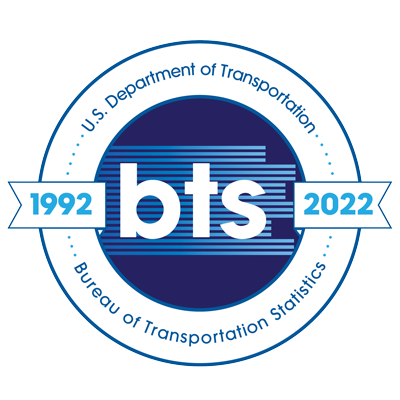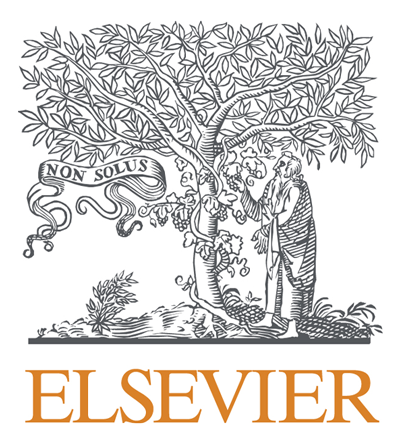Landsat spectral unmixing analysis for mapping herbaceous fractional cover in wildfire-prone shrublands of San Diego County, California, USA
Topics:
Keywords: remote sensing, wildfire, Landsat, spectral unmixing, herbaceous vegetation, grass-fire cycle, Southern California shrublands
Abstract Type: Virtual Paper Abstract
Authors:
Krista R. Lee West, San Diego State University Department of Geography
Douglas A. Stow, San Diego State University Department of Geography
Daniel J. Sousa, San Diego State University Department of Geography
Dar A. Roberts, University of California, Santa Barbara Department of Geography
John F. O'Leary, San Diego State University Department of Geography
,
,
,
,
,
Abstract
Southern California's native shrubland ecoregions are being replaced by invasive herbaceous vegetation species (herbs) that increase the risk of wildfire ignition and spread. Expansion of these competitive invasive species can completely convert and replace native shrubs and trees, which increases the likelihood of future wildfire that spreads rapidly and widely through a positive feedback loop: the "grass-fire cycle." Despite the risk posed by the presence of herbs, image processing approaches for identification and quantification of fractional herb cover in Southern California shrublands are not well established. The objective of this study was to determine how accurately spaceborne multispectral remote sensing data can be used to estimate fractional cover of herbs. Landsat 8 Operational Land Imager satellite data were acquired for San Diego County, California during each season of 2020, and the performance of developed spectral unmixing techniques (simple spectral mixture analysis (SMA), multiple endmember SMA (MESMA), and temporal mixture models (TMM)) were tested. Unmixing tests included single and multi-date (intra-annual) input data, and inputs of different spectral band and index combinations (normalized difference infrared index (NDII) and normalized difference vegetation index (NDVI)). Results demonstrated that the SMA model applied to a fall image date input yielded estimates of herb cover with the highest accuracy (mean absolute error (MAE), root mean square error (RMSE), and R-squared values of 8.85%, 12.02%, and 0.85, respectively). These methods will enable improved detection of sensitive habitats by satellite for wildfire-prone communities and identify target areas for mitigating and combating the grass-fire cycle.
Landsat spectral unmixing analysis for mapping herbaceous fractional cover in wildfire-prone shrublands of San Diego County, California, USA
Category
Virtual Paper Abstract








